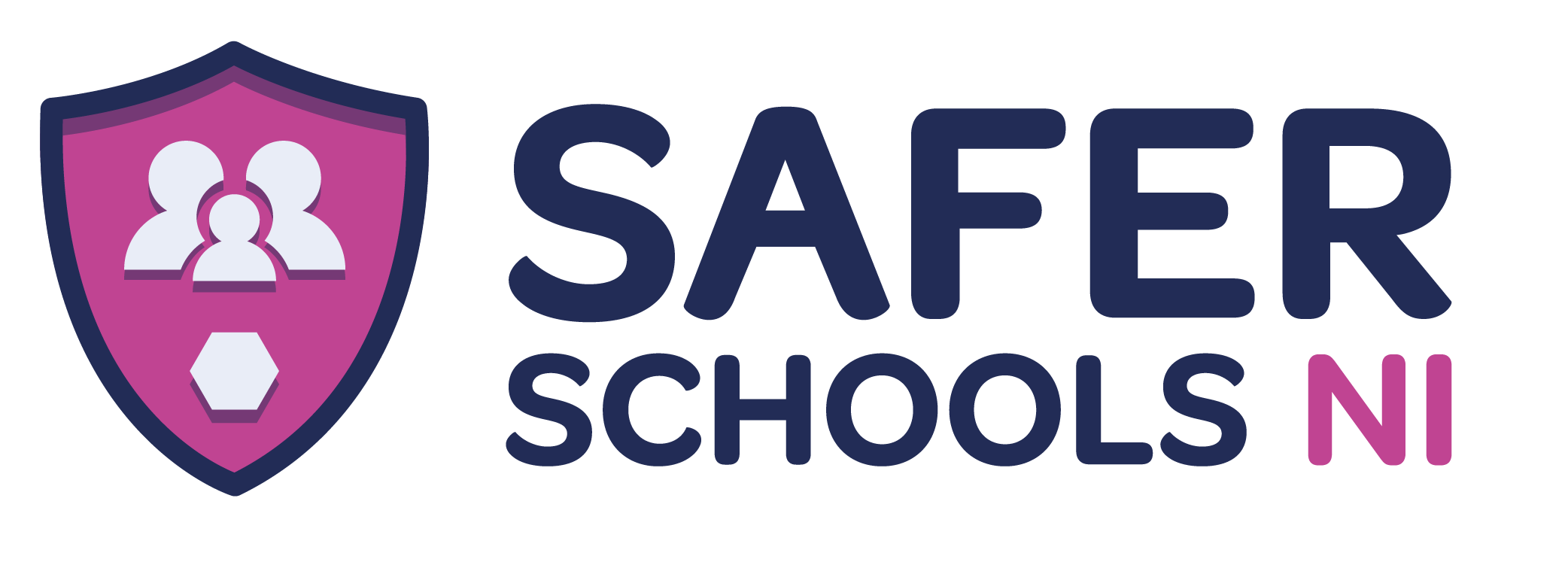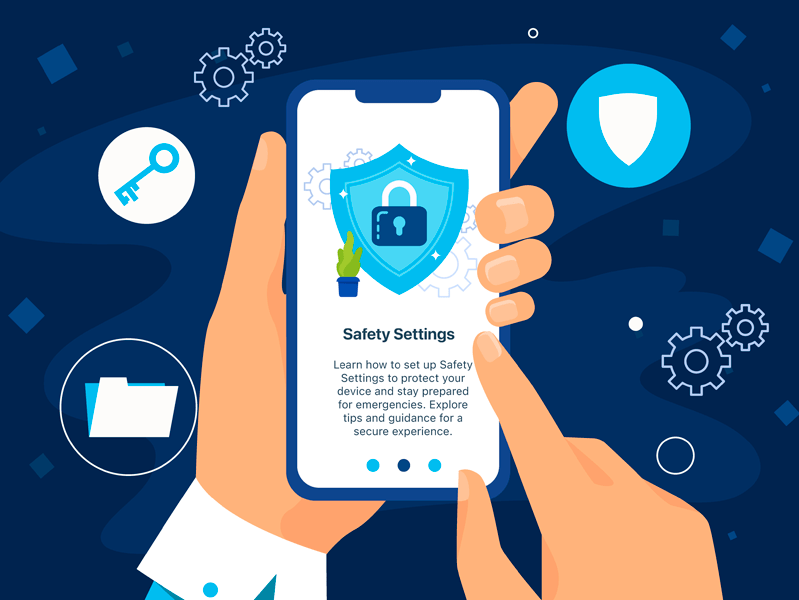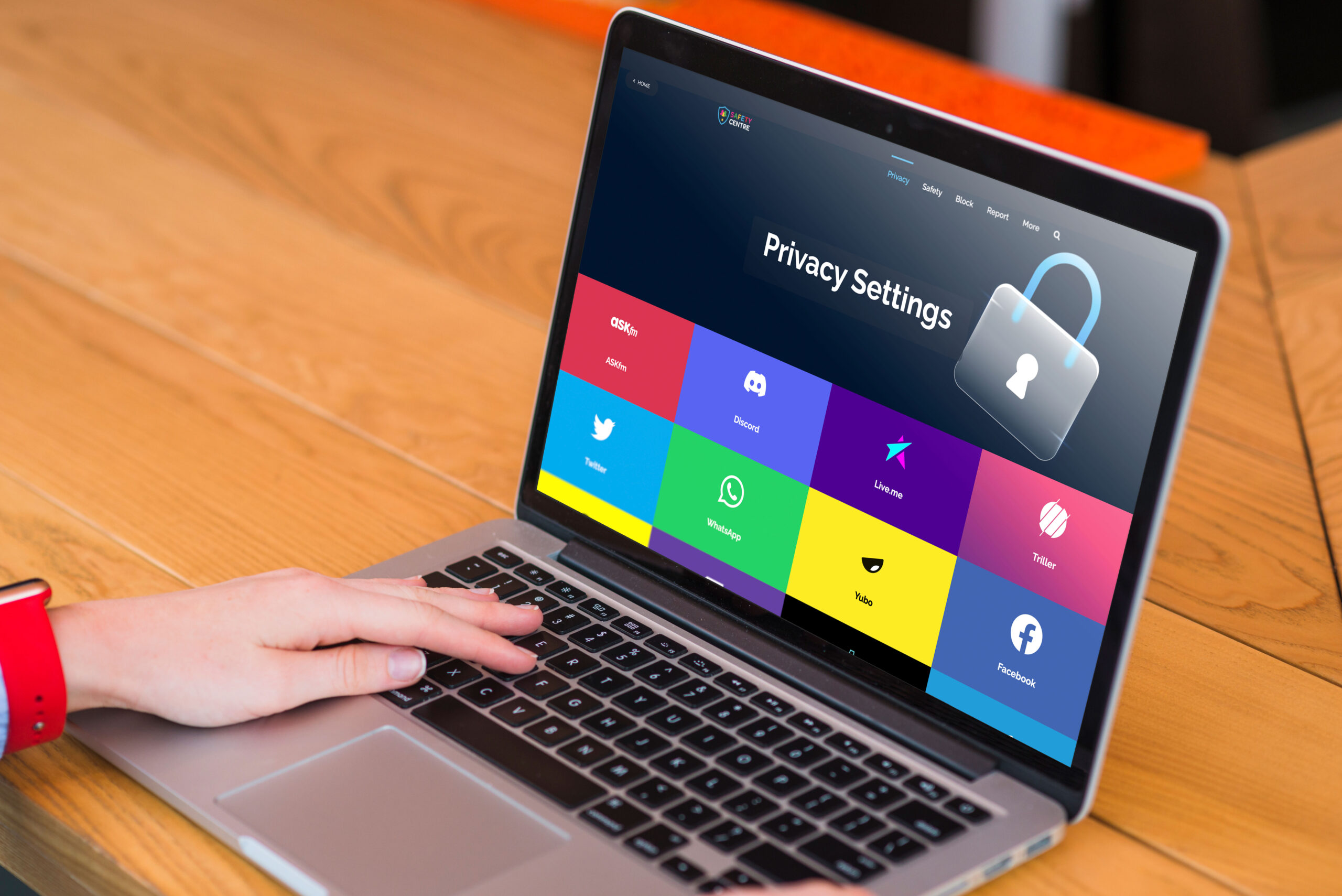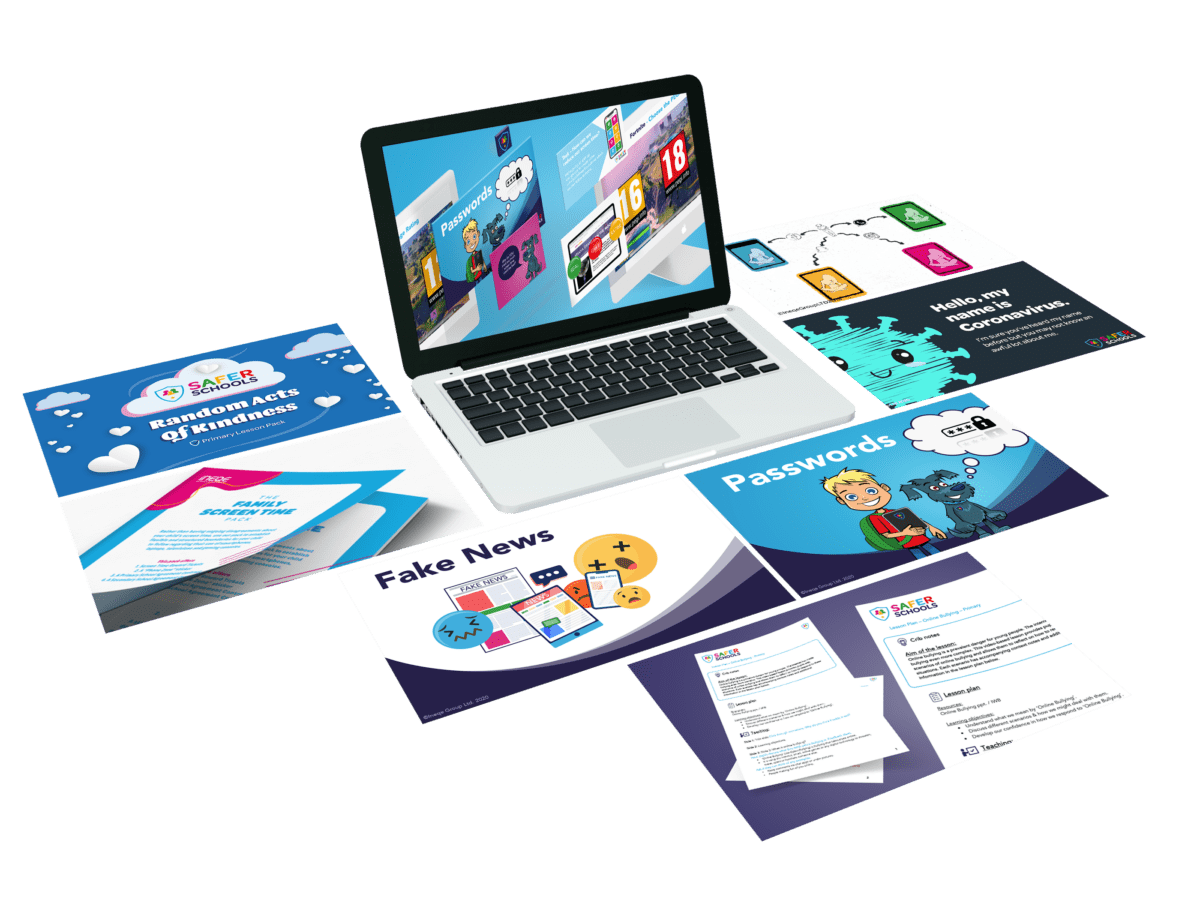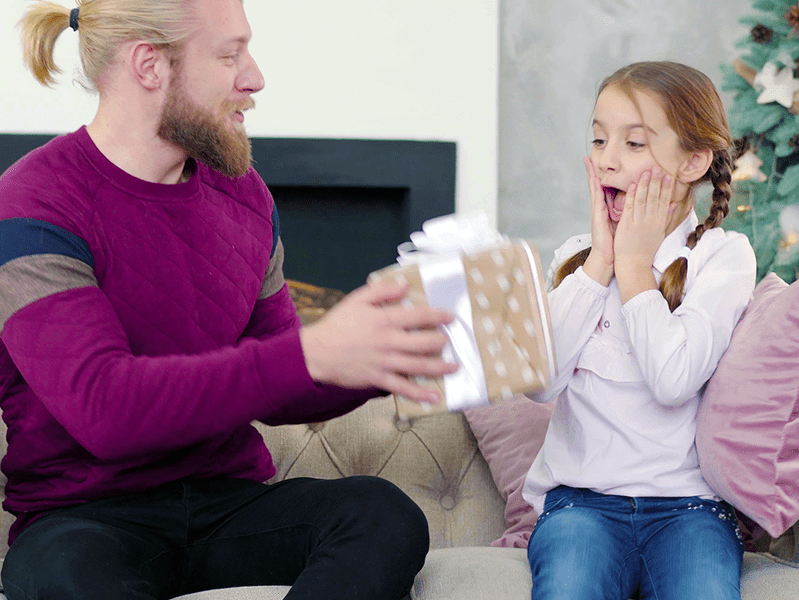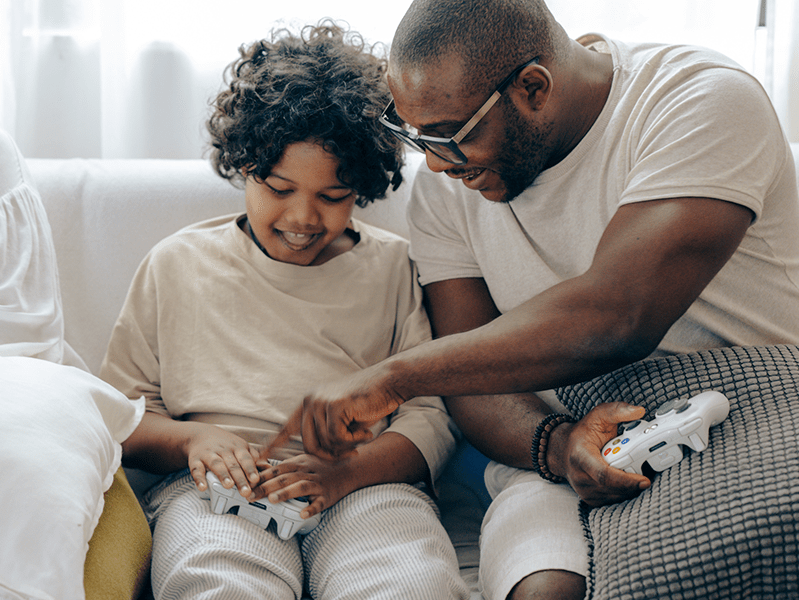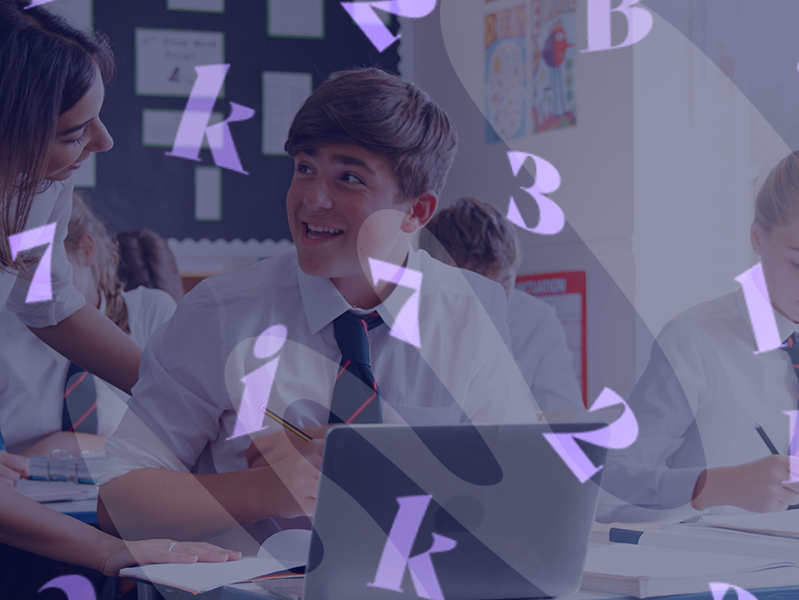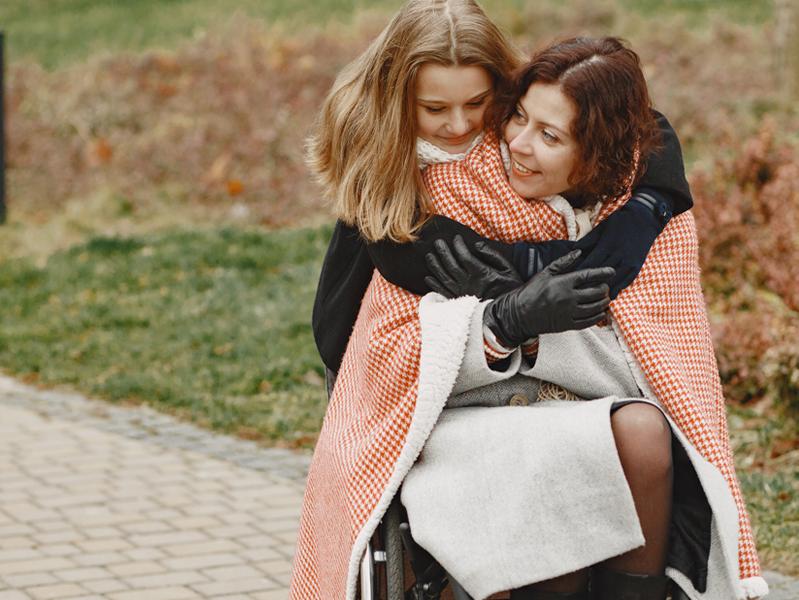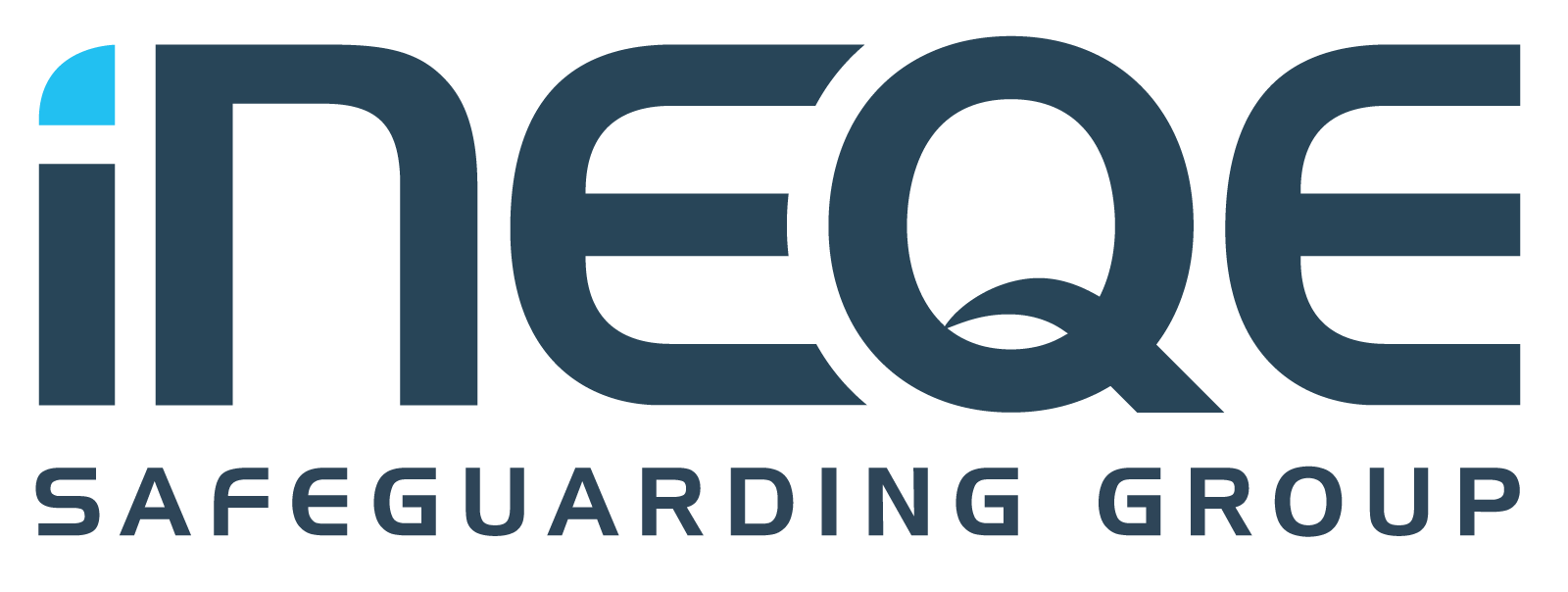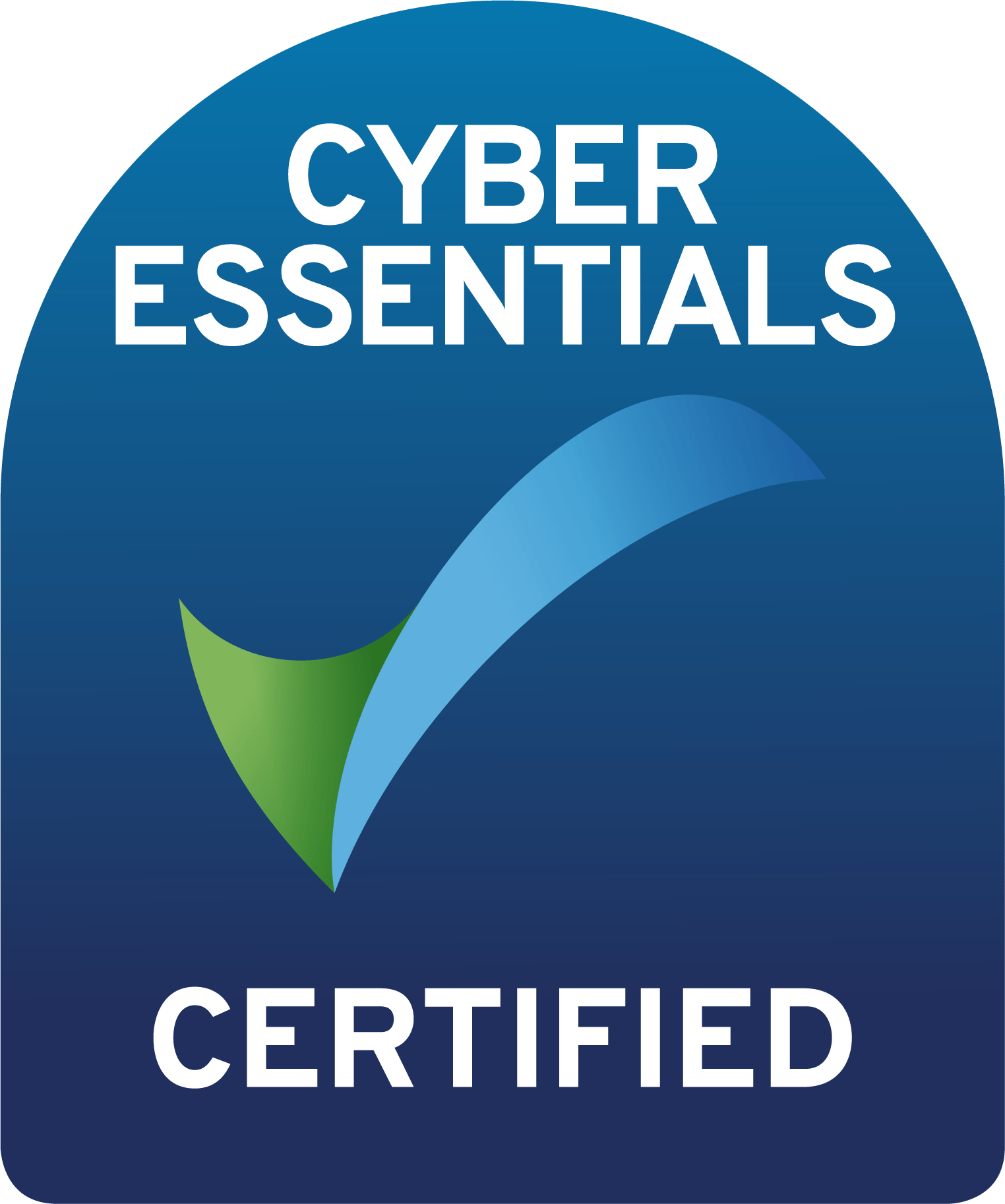Last Updated on 26th November 2025
Reading Time: 6.2 mins
April 28, 2025
The UK’s online safety regulator, Ofcom, have released provisional Protection of Children Codes and Guidance that outline what measures online platforms and services must take to provide a safer experience for children and young people.
Technology offers children many opportunities, including learning, building friendships and fun. However, Ofcom stated that, despite this, many children are encountering harmful content during their online experiences that has the potential to seriously impact their physical and mental wellbeing. Harmful content has even been linked to the deaths of some children. This cannot be ignored and is why the measures being put in place are essential for making a safer online world for our children and young people.
Using various methods of research, Ofcom have heard from over 27,000 children and 13,000 parents, consolidating evidence and views from different stakeholders to build an informed approach to making the codes and guidance.
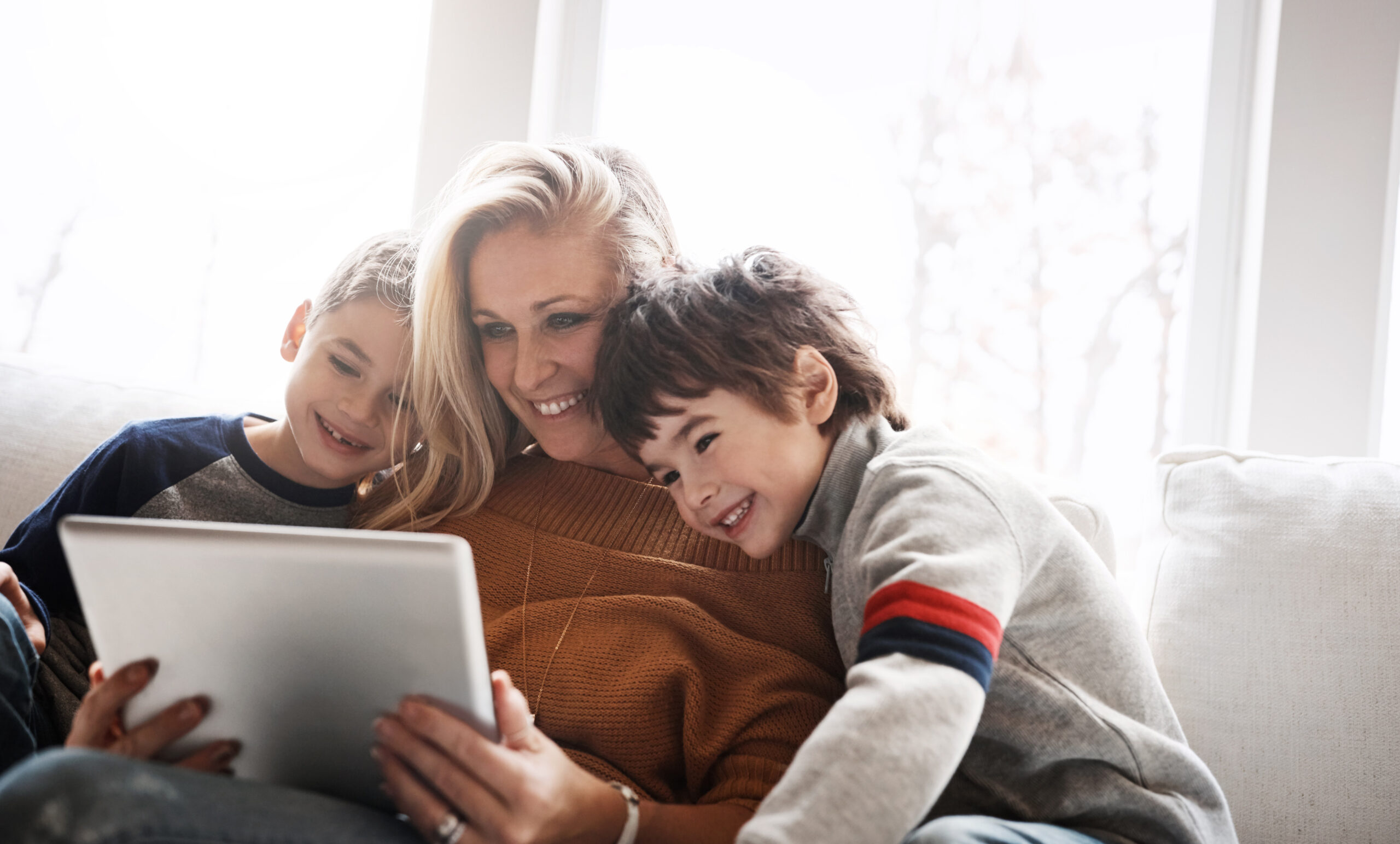
What Is Harmful Content?
As part of the new guidance, platforms must assess the different types of content that pose harm to children and young people, with them falling into three broad categories.
What Do Platforms Have to Do?
What Can You Do?
It is normal to be concerned about your child’s online safety, and while Ofcom have placed the responsibility of keeping children safer with the platforms, there are steps you can take to help manage the risks and protect the children and young people in your care.
Utilise Parental Controls
While they can’t ensure that a child won’t encounter harmful content, safety settings will minimise the risk and put measures in place to make a platform more age-appropriate and safer.
Explain to the child or young person in your care why you have chosen the selected restrictions and come to an agreement as this will help them feel involved and in control. If they feel that you have breached their privacy and taken over their device without consent, it may lead them to lie about their online habits.
As the child or young person gets older, you may wish to alter the restrictions, so review them frequently.
You can use Our Safety Centre for help with platform-specific settings.
Have Open Conversations About Online Activity
Take time with the child or young person to talk about their online habits in a positive environment that is free from judgement. Ask open-ended questions like, “what games do you like playing?” or “what sort of stuff do you like seeing online?”. This will encourage them to be more honest about their habits and come to you if they have questions.
Ensure they know who their trusted adults are if they need to discuss something they have seen online that is harmful or has made them uncomfortable.
Check Their Age
Ask the young person to show you that the date of birth they have submitted to any profiles they have created is correct. If their age is incorrect, safety settings won’t be enabled appropriately.
When a child or young person in your care turns 13, this is the age that they can access most online platforms. Review their online profiles to ensure their age is correct – they may have previously lied about their date of birth to gain access to a platform earlier. If their age is incorrect, safety settings won’t be enabled appropriately.
Further Resources

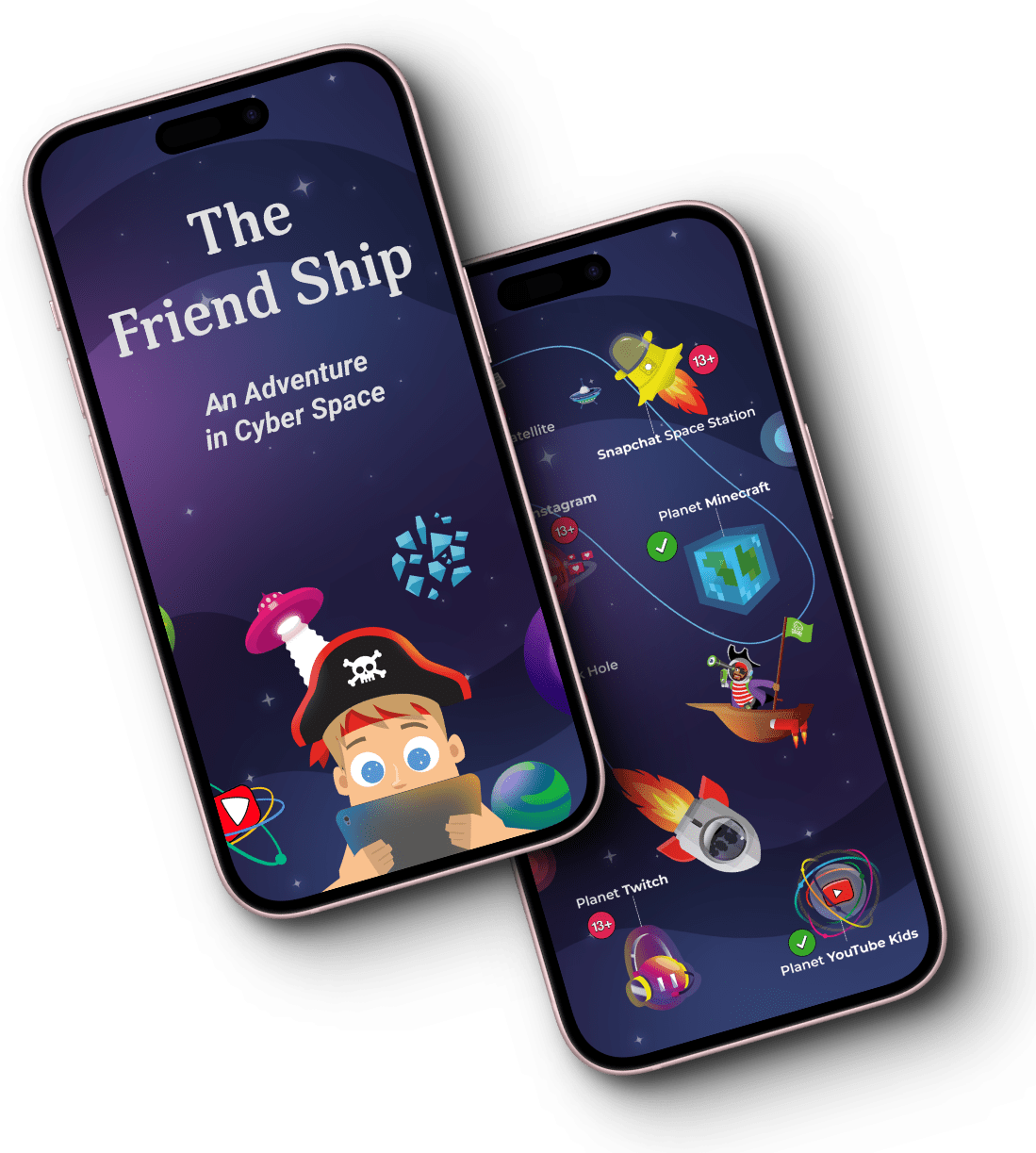
The Friend Ship
An Adventure in Cyber Space
Embark on a cyber space adventure with ‘The Friend Ship’, a children’s book designed to help parents, carers, and safeguarding professionals plant seeds of safety in young minds. Join Jack and his dog, Freddie on a journey through app age restrictions and friend requests as they decide who to let onboard and when to call the Mothership for guidance.
Join our Safeguarding Hub Newsletter Network
Members of our network receive weekly updates on the trends, risks and threats to children and young people online.
